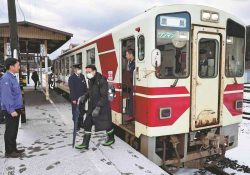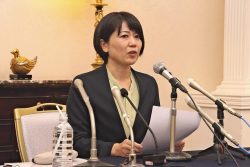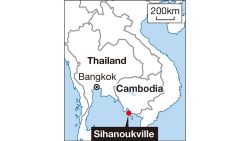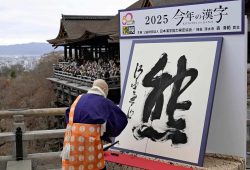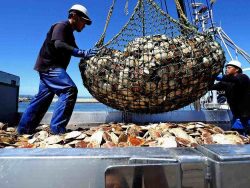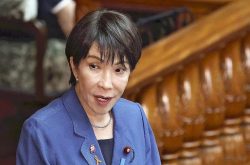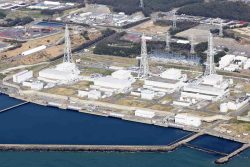- Yomiuri Editorial
- New form of capitalism
Direction of Kishida’s signature policy has become even more unclear
14:02 JST, June 4, 2022
Although the first draft action plan for the “new form of capitalism” proclaimed by Prime Minister Fumio Kishida has been presented, the direction of his signature policy has become even more unclear. Kishida should present a road map for a “virtuous cycle of growth and distribution” soon.
To put the Japanese economy on a new growth track, the draft action plan has set out a policy of intensive investment in four fields — human resources; science, technology and innovation; startups; and decarbonization and digitization.
One of the pillars of the draft action plan is to increase financial income by encouraging individuals to invest their financial assets in stocks and other securities, rather than in cash and deposits as they currently tend to do. At the end of the year, the government will draw up a “plan to double asset income.” The government said it is considering expanding the Nippon Individual Savings Account, known as NISA, which allows profits from small-lot investments to be exempt from taxation, among other measures.
Of the ¥2,000 trillion in household financial assets, stocks and investment trusts in Japan account for a smaller share than in the United States and Europe.
It is understandable that the government intends to create a shift from savings to investment and make use of financial assets to vitalize the economy, but this is a long-standing issue. There are few elements that can form the pillars of a policy touted as “new.”
In addition, the draft action plan’s focus on growth has overshadowed policies oriented toward distribution of wealth.
In order for many people to double their asset income, it is essential to have an increase in wages, which is a means to that end. However, the draft action plan does not mention any new signature policies for a wage hike, which is the key to wealth distribution, besides the use of tax incentives for companies that have increased wages, among other measures.
The rate of wage increases at major companies in this year’s spring labor-management negotiations has been improving compared to that of the previous year, but the tally at this stage shows that the rate is below pre-pandemic levels.
Soaring food and fuel prices are putting pressure on household budgets. Under such circumstances, unless wage hikes progress, there can be no such virtuous cycle.
As part of his wealth distribution policy, Kishida had initially proposed strengthening financial income taxation mainly on profits from the sale of stocks, with the wealthy in mind, but this proposal is not included in the draft action plan.
The new form of capitalism must have been meant to correct the income gap by shoring up the middle class, after reflection on the fact that neoliberal policies emphasizing free competition have caused the gap to widen.
However, it has been pointed out that this philosophy has faded and Kishida’s policy has returned to the growth strategy seen in the Abenomics economic policy package proclaimed by former Prime Minister Shinzo Abe.
To promote wealth distribution, it is necessary to support a wide range of people, including non-regular workers.
The draft action plan includes skills development and reemployment support to about 1 million people so that they can smoothly move into growth areas. Through the implementation of such measures, the government should make the maximum effort to shore up the income of the entire population.
(From The Yomiuri Shimbun, June 4, 2022)
"Editorial & Columns" POPULAR ARTICLE
-

Violations of Subcontract Law: Major Automakers Must Eliminate Old Practices
-

Local Governments’ Tax Revenues: Devise Ways to Correct Imbalances in Tax Sources
-

Heavy Rains in Asia: Support for Victims, Flood-Control Measures Urgently Needed
-
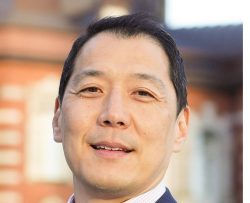
5 Japanese Business Dinner Mistakes to Avoid — and What They Taught Me About Business in Japan
-

New Nuclear Threat: China Seeking to Follow U.S., Russia in Military Expansion
JN ACCESS RANKING
-

Keidanren Chairman Yoshinobu Tsutsui Visits Kashiwazaki-Kariwa Nuclear Power Plant; Inspects New Emergency Safety System
-

Imports of Rare Earths from China Facing Delays, May Be Caused by Deterioration of Japan-China Relations
-

Japan Exports Rise in October as Slump in U.S. Sales Eases
-

Govt Aims to Expand NISA Program Lineup, Abolish Age Restriction
-

Blanket Eel Trade Restrictions Rejected






